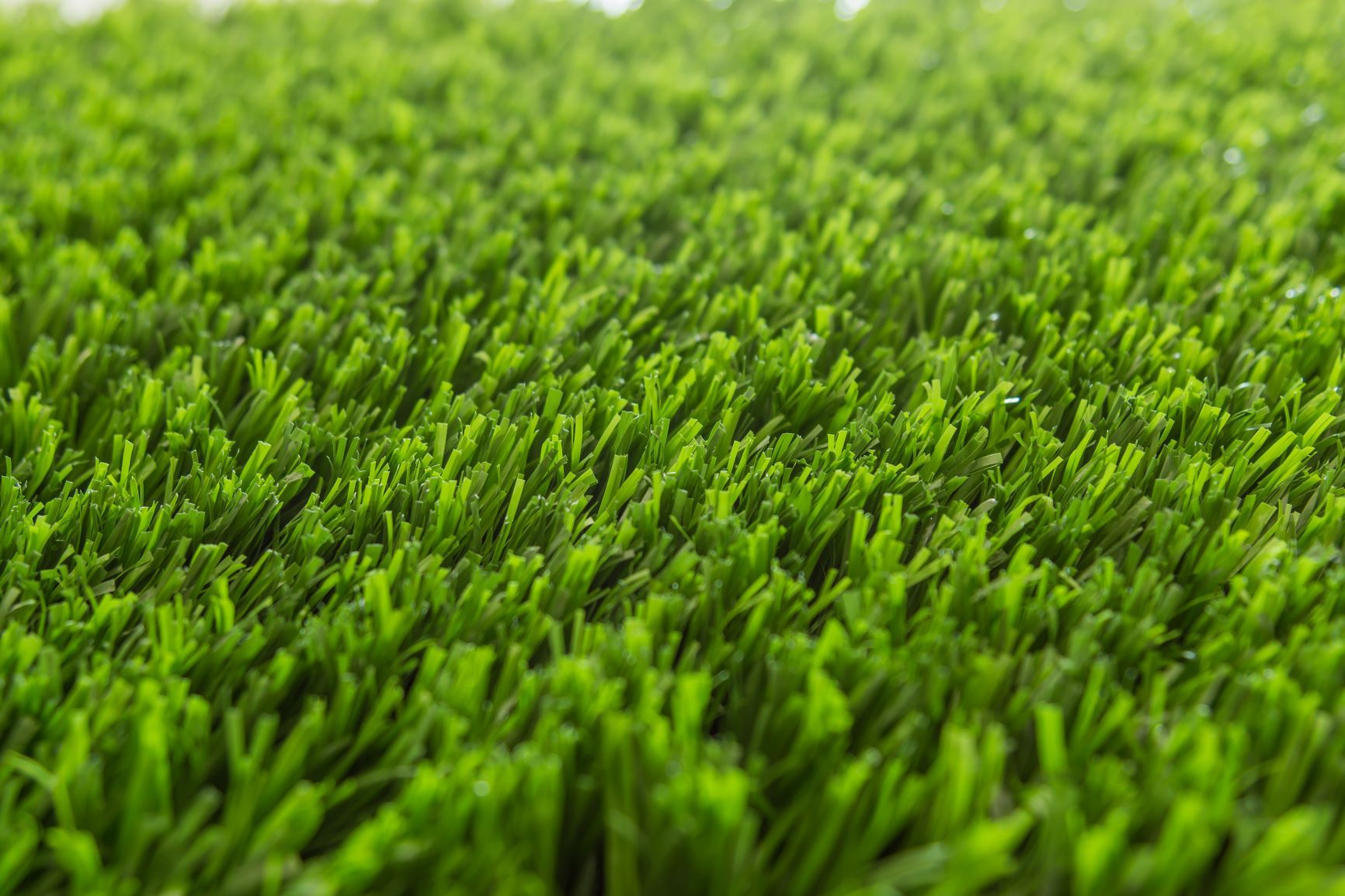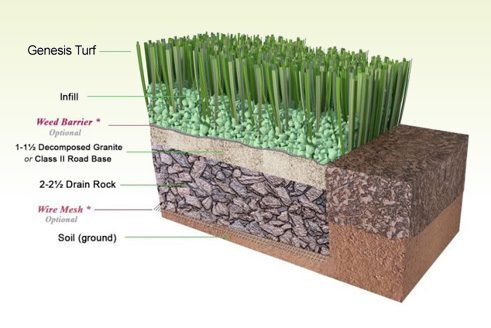Highly-Ranked Phoenix Turf Companies Focusing on Synthetic Grass Options
Highly-Ranked Phoenix Turf Companies Focusing on Synthetic Grass Options
Blog Article
Look Into the Environmental Benefits of Opting for Synthetic Grass Solutions
The fostering of fabricated lawn services offers an engaging possibility to address pushing environmental challenges. By considerably decreasing water use and minimizing the application of damaging chemicals, these options not only advertise lasting landscaping yet also safeguard regional environments.
Water Conservation Conveniences
One of the most considerable advantages of artificial lawn is its capacity to conserve water. Typical lawn yards call for considerable watering, particularly in locations vulnerable to drought or water constraints. In contrast, man-made turf does not need watering, substantially lowering the total need for water resources. This feature is particularly useful in arid regions where water scarcity is a pressing worry.
By removing the demand for routine watering, artificial turf adds to sustainable landscape techniques and aids minimize the ecological influence of excessive water intake. In addition, the conservation of water includes the reduction of runoff, which can result in soil erosion and river contamination.
In addition, the installation of synthetic grass permits homeowners and districts to assign water resources more effectively, concentrating on crucial usages such as alcohol consumption water and agriculture. The change towards artificial grass not only advertises responsible water use but likewise straightens with broader environmental objectives targeted at protecting natural resources.
As neighborhoods progressively prioritize sustainability, the water conservation advantages of synthetic grass present a compelling instance for its adoption in property and business landscape design projects.
Reduced Chemical Use
The change to synthetic grass substantially reduces the reliance on chemical therapies commonly used in all-natural turf upkeep. Typical turf administration normally involves the application of herbicides, plant foods, and pesticides to promote growth and control pests. These chemicals can position threats to human health and wellness, local wildlife, and the atmosphere, adding to soil and water contamination.
In contrast, man-made grass removes the requirement for these harmful compounds. By minimizing the launch of artificial substances into the environment, man-made grass advertises much healthier soil and water systems.
Furthermore, the lack of chemical overflow connected with man-made lawn installations aids protect neighborhood waterways from air pollution, sustaining water life and keeping biodiversity. Turf installation phoenix az. As areas progressively focus on lasting practices, selecting synthetic grass presents a sensible option that straightens with ecological preservation objectives. Through this shift, building proprietors can take pleasure in rich green spaces without endangering environmental wellness, paving the method for a more lasting future
Reduced Carbon Impact

Moreover, the installation of synthetic grass can result in significant water preservation. All-natural lawns need significant amounts of water click here to find out more for irrigation, which not just contributes to the carbon impact associated with water extraction and treatment yet also pressures regional water sources. On the other hand, synthetic grass needs marginal maintenance, needing no watering, thereby substantially lowering water use and its linked energy costs.
Furthermore, the durability of fabricated lawn adds to its reduced carbon impact. With a life-span of as much as 15 years or more, the requirement for regular replacements is lessened, causing less waste and lower energy intake in manufacturing and dealing with typical lawn choices. In general, synthetic grass presents a sustainable option for ecologically mindful landscaping.
Environment Preservation
Environment preservation is an essential factor to consider in the dispute over landscape design choices, particularly when contrasting artificial turf to all-natural turf. All-natural grass yards often require considerable maintenance, including using fertilizers, herbicides, and pesticides, which can detrimentally affect neighborhood ecosystems. These chemicals can seep right into the dirt and waterways, damaging native vegetation and animals and interrupting regional environments.
On the other hand, synthetic grass provides a chance to lower the environmental footprint of landscape design. By choosing artificial turf, property owners can lessen the disturbance of natural habitats connected with conventional grass treatment practices. Synthetic grass removes the need for hazardous chemicals, thus safeguarding nearby wildlife and blog here maintaining the honesty of surrounding environments. In addition, the setup of synthetic lawn can lead to the conversion of previous grass locations right into even more biodiverse landscapes, such as pollinator yards or indigenous plant locations, which can sustain local wildlife.
Ultimately, the shift to man-made turf not only conserves water and minimizes upkeep efforts however additionally promotes an extra harmonious partnership in between human activities and the natural surroundings, advertising environment conservation at the same time.
Long-Term Sustainability
Long-lasting sustainability is a crucial consider examining the advantages of man-made turf over conventional yard yards. Among one of the most substantial benefits of synthetic grass is its durability; it can last up to 15-20 years with minimal maintenance, whereas natural grass calls for constant reseeding and substitute. This long life minimizes the requirement for constant sources, such as water, plant foods, and chemicals, which are necessary for keeping a healthy turf lawn.
In addition, fabricated grass adds to a decrease in carbon discharges linked with lawn care tools. Traditional lawns often require gas-powered mowers, leaners, and blowers, every one of which add to air pollution. Artificial turf companies phoenix. In contrast, synthetic grass removes the demand for such equipment, promoting a cleaner setting
Moreover, the production next page of artificial grass progressively makes use of recycled products, improving its sustainability account. As makers embrace environment-friendly methods, the ecological footprint of synthetic grass continues to reduce.

Final Thought
The fostering of fabricated lawn remedies presents considerable ecological advantages, including substantial water conservation, decreased reliance on damaging chemicals, and a lower carbon footprint. Additionally, synthetic lawn aids in preserving all-natural environments by minimizing land disruption and advertising lasting sustainability with making use of resilient materials. Jointly, these variables emphasize the potential of synthetic grass to add positively to environmental wellness and provide a viable choice to conventional landscape design methods in an increasingly resource-conscious world.
In contrast, fabricated grass does not need watering, substantially minimizing the overall need for water resources. By decreasing the release of artificial substances into the ecological community, man-made grass advertises much healthier soil and water systems.
In addition, the setup of synthetic lawn can result in substantial water conservation. In contrast, artificial grass requires minimal upkeep, calling for no watering, thereby significantly reducing water use and its associated energy prices.

Report this page